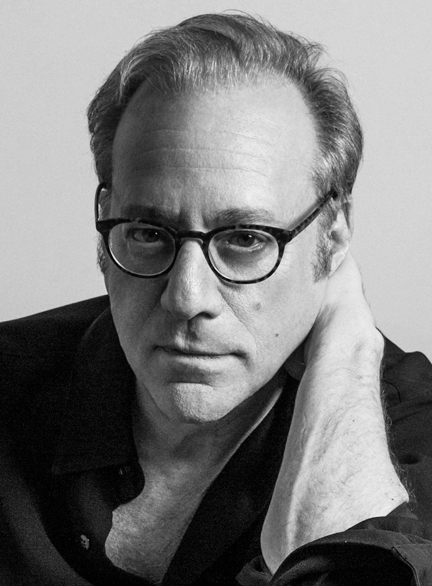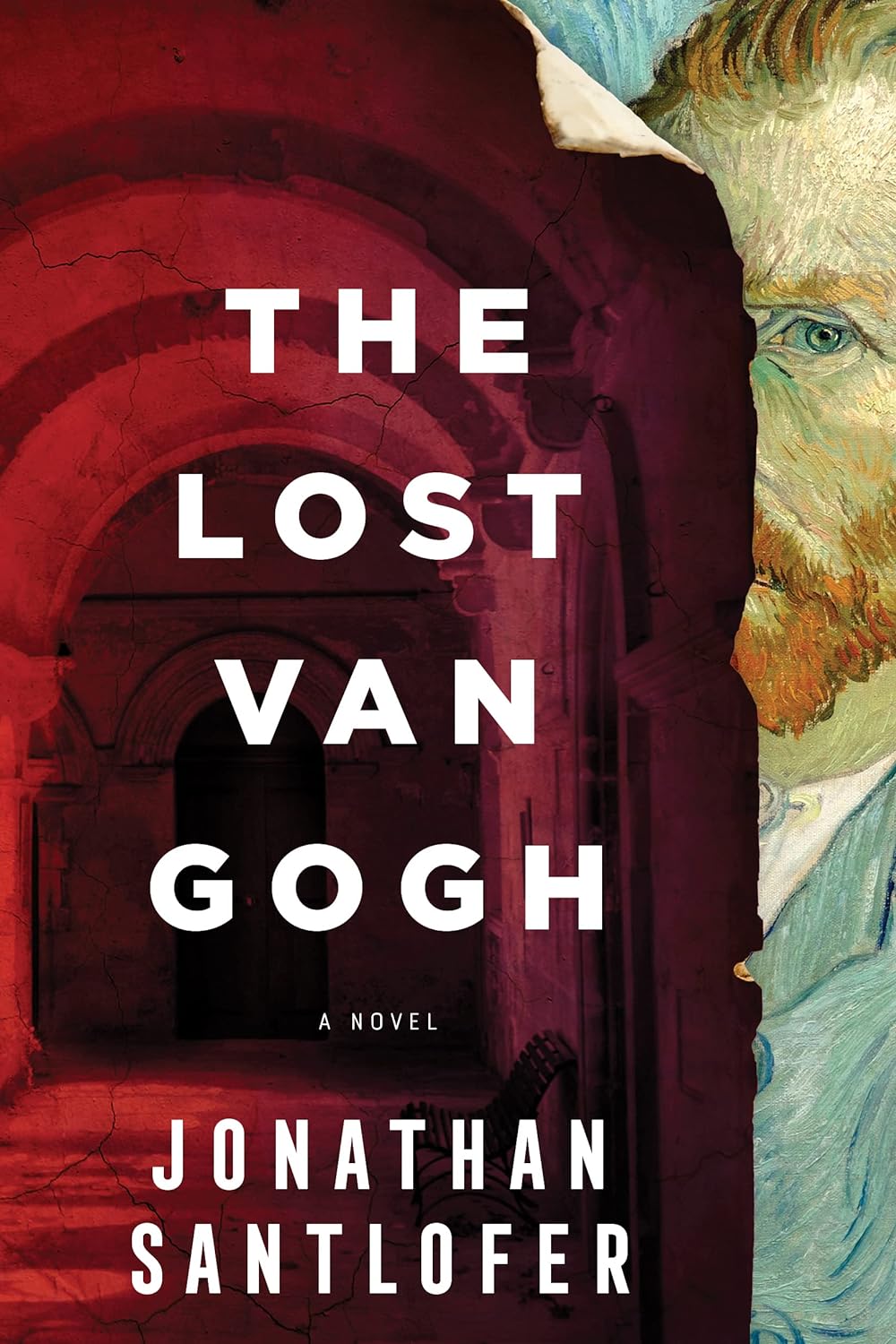 Jonathan Santlofer is an author and artist whose new thriller, THE LOST VAN GOGH, releases on January 2nd and is a stand-alone sequel to 2021’s THE LAST MONA LISA. This time, he spins a riveting tale based on rumors that Van Gogh completed a final self-portrait before his death, one that has since been lost to time --- or the black market. Before Jonathan became a writer, he studied art and was a painter, so he tends to have a visual memory and sees his favorite gift books in images. Here, he looks back on a few unforgettable books he has been gifted, including one he received as a Christmas present that is among his all-time favorites.
Jonathan Santlofer is an author and artist whose new thriller, THE LOST VAN GOGH, releases on January 2nd and is a stand-alone sequel to 2021’s THE LAST MONA LISA. This time, he spins a riveting tale based on rumors that Van Gogh completed a final self-portrait before his death, one that has since been lost to time --- or the black market. Before Jonathan became a writer, he studied art and was a painter, so he tends to have a visual memory and sees his favorite gift books in images. Here, he looks back on a few unforgettable books he has been gifted, including one he received as a Christmas present that is among his all-time favorites.
Because I studied art and was a painter before I became a writer, I tend to have a visual memory and see my favorite gift books in images: the bookcase in my childhood bedroom with its complete set of The Hardy Boys, Edgar Allan Poe’s Tales and Poems, a half shelf of Ray Bradbury, and my collection of the Time-Life Library of Art: THE WORLD OF CÉZANNE, THE WORLD OF TITIAN, THE WORLD OF MICHELANGELO, THE WORLD OF MATISSE and THE WORLD OF PICASSO, among others. These were unusual books --- newsy and personal, not only about art, but also about the artists’ lives, their family and friends, and the world around them. For my last two novels, I reread THE WORLD OF LEONARDO, 1452-1529 and THE WORLD OF VAN GOGH, 1853-1890. Although I also read more recent and extensive biographies, the Time-Life books held up.
 One of my all-time favorite books, HITCHCOCK/TRUFFAUT, was a Christmas present. French New Wave director François Truffaut interviewed Alfred Hitchcock on every aspect of his work --- from his hand-drawn storyboards to camera angles, and, of course, how to build suspense. The fact that Hitchcock was a professional draftsman before he became a director and continued to use that skill had particular resonance for me. HITCHCOCK/TRUFFAUT is loaded with gossip (how the censors insisted that Janet Leigh wear a bra in Psycho’s opening love scene; how Hitchcock didn’t think Kim Novak was good in Vertigo, though Truffaut disagreed, as do I). Hearing Hitchcock describe ways to show the audience something the characters don’t know (i.e. a bomb under the table) is a primer on creating suspense and is easily translatable to writing.
One of my all-time favorite books, HITCHCOCK/TRUFFAUT, was a Christmas present. French New Wave director François Truffaut interviewed Alfred Hitchcock on every aspect of his work --- from his hand-drawn storyboards to camera angles, and, of course, how to build suspense. The fact that Hitchcock was a professional draftsman before he became a director and continued to use that skill had particular resonance for me. HITCHCOCK/TRUFFAUT is loaded with gossip (how the censors insisted that Janet Leigh wear a bra in Psycho’s opening love scene; how Hitchcock didn’t think Kim Novak was good in Vertigo, though Truffaut disagreed, as do I). Hearing Hitchcock describe ways to show the audience something the characters don’t know (i.e. a bomb under the table) is a primer on creating suspense and is easily translatable to writing.
Years later, I got another favorite gift book, CONVERSATIONS WITH WILDER, that mimics HITCHCOCK/TRUFFAUT in form and layout. Here, filmmaker Cameron Crowe interviews his idol, the legendary Billy Wilder. I reread parts of that book while writing my current novel, THE LOST VAN GOGH. Although I love hearing Billy dish on old Hollywood and his leading ladies (he adored Audrey Hepburn and despised Marilyn Monroe), this time it was his fundamental belief that the darker your material, the more you’d better entertain and make your audience laugh. I was not looking for laughs in THE LOST VAN GOGH, but I did want to entertain. How else do you get your readers to turn pages and pay attention?
I’ve loved movies my whole life. They’ve taught me about plot, dialogue, action, economy and suspense. I always try to see a scene in my mind before I write it, and I still look at film to help figure out a problematic passage. When a writer gets stuck, it’s difficult to solve the problem with words. Take a walk. Listen to music. Watch a movie. The brilliant Mike Nichols once said that he got his best ideas away from his work.
Right now, I have a shelf of books about Van Gogh. One of them is a gift I bought myself several years ago, VAN GOGH: THE LIFE, by Steven Naifeh and Gregory White Smith, a 976-page everything-you ever-wanted-to-know-about-the-artist biography --- from his cold pastor father to his passion for prostitutes, his mental breakdowns and his artistic breakthroughs. It’s the ultimate book for those of us who love Van Gogh. And I do. So much so that I used him and one of his self-portraits as inspiration for my novel. It’s a case of one art form (painting) inspiring another (writing), which I clearly believe in.


